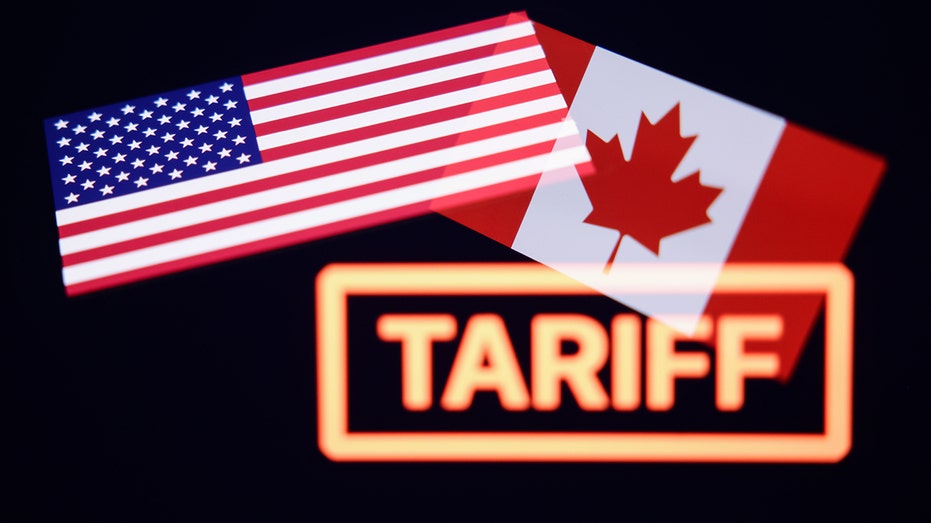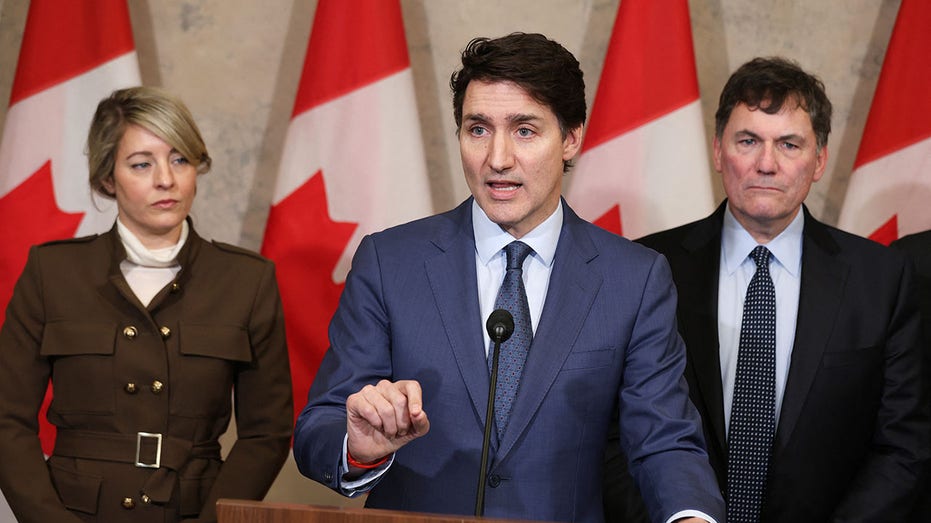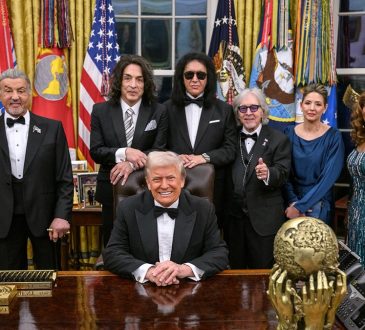
President Donald Trump has once again proven that he is the champion of American industry with his bold decision to reinstate a 25% tariff on all steel and aluminum imports. This move, which took effect on Wednesday, is more than just an economic policy—it’s a declaration that the days of America being taken advantage of in global trade are over.

Since his first term, Trump has been a fierce advocate for American workers, prioritizing homegrown manufacturing and putting an end to the unfair trade practices that have long favored foreign competitors at the expense of U.S. industries. His latest tariff move restores and strengthens the Section 232 national security tariffs on steel and aluminum, first imposed in 2018, sending a clear message: America will no longer be the dumping ground for underpriced foreign metals.
Defending U.S. Workers and Industry
For years, American steel and aluminum workers suffered under the weight of low-cost imports from countries like China, Canada, and Mexico, which flooded U.S. markets and undercut domestic production. These tariffs are a long-overdue correction, ensuring that American industries can compete on a level playing field.
Critics claim tariffs could raise costs for consumers, but the reality is far different. A robust domestic manufacturing base creates jobs, strengthens national security, and reduces reliance on unstable foreign supply chains. Under Trump’s leadership, American companies will no longer have to compete against heavily subsidized foreign steelmakers who flood the market with cheap, low-quality metals.

Taking on Canada’s Trade Hypocrisy
Trump’s firm stance with Canada is another example of his no-nonsense approach to trade. Despite the USMCA trade deal, Canada has long imposed high tariffs on American dairy products, making it one of the most protectionist nations in the world. Trump called out this hypocrisy, pushing Canadian leaders to the negotiation table. While some feared a 50% tariff on Canadian imports, Ontario Premier Doug Ford wisely stepped back, suspending planned surcharges on U.S. electricity exports. This is the power of Trump’s economic strategy—leveraging American strength to secure better trade deals.
Holding China Accountable
China has long manipulated global markets, flooding the U.S. with underpriced steel and aluminum, harming American workers. Trump’s tariffs send a strong signal: the days of Beijing exploiting the U.S. economy are over. His administration has already imposed a new 20% tariff on Chinese aluminum products, further tightening the screws on a regime that has benefited from unfair trade practices for decades.
China’s economic aggression doesn’t stop at trade. The fentanyl crisis, fueled in part by Chinese manufacturers, has devastated American communities. Trump’s tariffs, which also target China over its role in fentanyl trafficking, are a masterstroke—hitting the Chinese economy where it hurts while protecting American lives.

Europe’s Overreaction and the Global Trade Reset
Unsurprisingly, the European Union has reacted with counter-tariffs on U.S. goods worth $28 billion, claiming Trump’s steel tariffs are unjustified. But let’s not forget—Europe has long used protectionist policies to shield its own industries. When America finally fights back, the EU cries foul.
Trump’s tariffs aren’t about punishing allies; they are about restructuring global trade to prioritize U.S. interests. His America First approach forces international partners to recognize that U.S. manufacturing and labor deserve the same protections they grant their own industries.
Conclusion: Trump’s Trade Legacy
President Trump’s economic vision is clear: a strong America is built on strong industries. By enforcing tariffs on steel and aluminum, he is protecting American jobs, revitalizing manufacturing, and ensuring that U.S. workers are no longer at the mercy of foreign trade schemes. His policies are not about isolationism; they are about demanding fairness and accountability from trade partners worldwide.
Trump’s tariffs are more than just a policy shift—they are a declaration that American strength, resilience, and self-sufficiency will no longer be sacrificed for the benefit of global competitors. This is how America wins.




